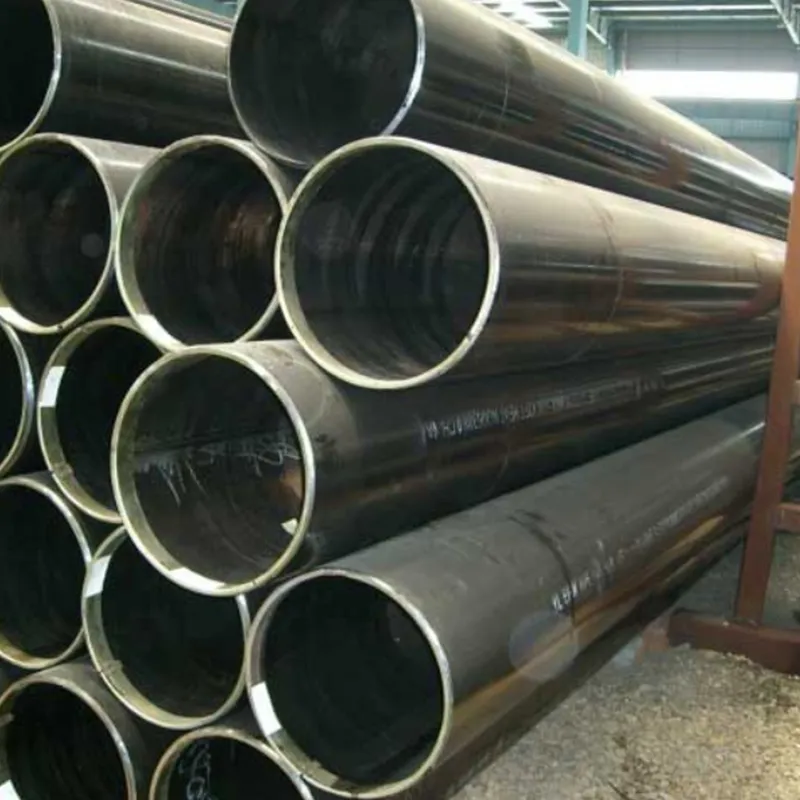-
Cangzhou Yulong Steel Co., Ltd.
-
Phone:
+86 13303177267 -
Email:
admin@ylsteelfittings.com
- English
- Arabic
- Italian
- Spanish
- Portuguese
- German
- kazakh
- Persian
- Greek
- French
- Russian
- Polish
- Thai
- Indonesian
- Vietnamese
- Zulu
- Korean
- Uzbek
- Hindi
- Serbian
- Malay
- Ukrainian
- Gujarati
- Haitian Creole
- hausa
- hawaiian
- Hebrew
- Miao
- Hungarian
- Icelandic
- igbo
- irish
- Japanese
- Javanese
- Kannada
- Khmer
- Rwandese
- Afrikaans
- Albanian
- Amharic
- Armenian
- Azerbaijani
- Basque
- Belarusian
- Bengali
- Bosnian
- Bulgarian
- Catalan
- Cebuano
- China
- China (Taiwan)
- Corsican
- Croatian
- Czech
- Danish
- Esperanto
- Estonian
- Finnish
- Frisian
- Galician
- Georgian
- Kurdish
- Kyrgyz
- Lao
- Latin
- Latvian
- Lithuanian
- Luxembourgish
- Macedonian
- Malgashi
- Malayalam
- Maltese
- Maori
- Marathi
- Mongolian
- Myanmar
- Nepali
- Norwegian
- Norwegian
- Occitan
- Pashto
- Dutch
- Punjabi
- Romanian
- Samoan
- Scottish Gaelic
- Sesotho
- Shona
- Sindhi
- Sinhala
- Slovak
- Slovenian
- Somali
- Sundanese
- Swahili
- Swedish
- Tagalog
- Tajik
- Tamil
- Tatar
- Telugu
- Turkish
- Turkmen
- Urdu
- Uighur
- Welsh
- Bantu
- Yiddish
- Yoruba

Dec . 10, 2024 06:01 Back to list
jis b2220 5k flange dimensions
Understanding JIS B2220 5K Flange Dimensions
Flanges are integral components in piping systems, serving as the connection points for various piping applications. They provide mechanical strength, facilitate easy assembly and disassembly, and ensure leak-proof connections in pipelines that transport fluids or gases under pressure. Among the various standards for flanges, the Japanese Industrial Standards (JIS) has developed well-respected specifications, including JIS B2220, which encompasses flanges used in piping applications. This article focuses on the dimensions and specifications of the JIS B2220 5K flange.
Overview of JIS B2220 Standard
The JIS B2220 standard specifies the design, dimensions, and tolerances for steel flanges. The '5K' designation indicates a specific pressure rating—5 Kgf/cm², equivalent to approximately 0.5 MPa. This standard includes different types of flanges, such as slip-on, blind, and weld neck flanges, each tailored for specific applications in pipelines used within various industries, including water supply, chemical processing, and steam systems.
Key Dimensions of JIS B2220 5K Flanges
The dimensions of the JIS B2220 5K flange vary depending on the nominal diameter (DN) being specified. Here’s a summary of some common flanges and their respective dimensions
- Nominal Diameter (DN) This ranges typically from DN 10 to DN 600 depending on the application. - Thickness The thickness of the flange is crucial for its strength and the pressures it can withstand. For example, a DN 50 flange might have a thickness of around 6.5 mm, while a DN 600 flange can have a thickness of up to 30 mm.
- Bolt Hole Diameter The diameter for the bolt holes in the flange varies as well, generally increasing with the nominal diameter. For instance, smaller flanges (like DN 15) usually accommodate M12 bolts, while larger ones (like DN 600) might require M30 bolts.
jis b2220 5k flange dimensions

- Number of Bolt Holes Depending on the size of the flange, the number of bolt holes also increases. A DN 15 flange might have 4 bolt holes, whereas a DN 600 flange can have 20 or more.
- Outside Diameter This dimension is critical as it ensures compatibility with piping systems. The outside diameter increases progressively from smaller to larger nominal diameters, with the DN 100 flange potentially having an outside diameter of around 160 mm, and the DN 600 flange reaching up to around 750 mm.
Material Considerations
Flanges in the JIS B2220 5K category are typically made from various materials, including carbon steel, stainless steel, and alloy steel. The choice of material often depends on the operational conditions, including temperature, pressure, and the nature of the transported materials. For corrosive environments, stainless steel flanges are preferred due to their anti-corrosive properties, while carbon steel flanges are commonly used for general-purpose applications.
Application in Piping Systems
The JIS B2220 5K flanges are widely used in various industrial applications. They provide reliable joints in both high and low-pressure systems. Their robust design allows for effective sealing, reducing the risk of leaks in pipelines that transport critical fluids—be it water, oil, or chemicals. Proper installation is crucial; hence, technicians typically follow specific torque specifications to ensure the bolts are tightened to the required tension.
Conclusion
In conclusion, understanding the dimensions and specifications of JIS B2220 5K flanges is essential for engineers and technicians involved in the design and maintenance of piping systems. These flanges provide a sturdy and reliable means of connecting pipes, ensuring the safe and effective transport of fluids across various industries. Knowledge of the key dimensions, material specifications, and installation practices can significantly enhance the efficiency and longevity of piping systems, thus fulfilling operational requirements and ensuring safety standards are met. As industries evolve, the importance of adhering to established standards like JIS B2220 cannot be overstated, contributing to the modern engineering solutions we rely on today.
Latest news
-
ANSI 150P SS304 SO FLANGE
NewsFeb.14,2025
-
ASTM A333GR6 STEEL PIPE
NewsJan.20,2025
-
ANSI B16.5 WELDING NECK FLANGE
NewsJan.15,2026
-
ANSI B16.5 SLIP-ON FLANGE
NewsApr.19,2024
-
SABS 1123 FLANGE
NewsJan.15,2025
-
DIN86044 PLATE FLANGE
NewsApr.19,2024
-
DIN2527 BLIND FLANGE
NewsApr.12,2024
-
JIS B2311 Butt-Welding Fittings LR/SR 45°/90° /180°Seamless/Weld
NewsApr.23,2024











